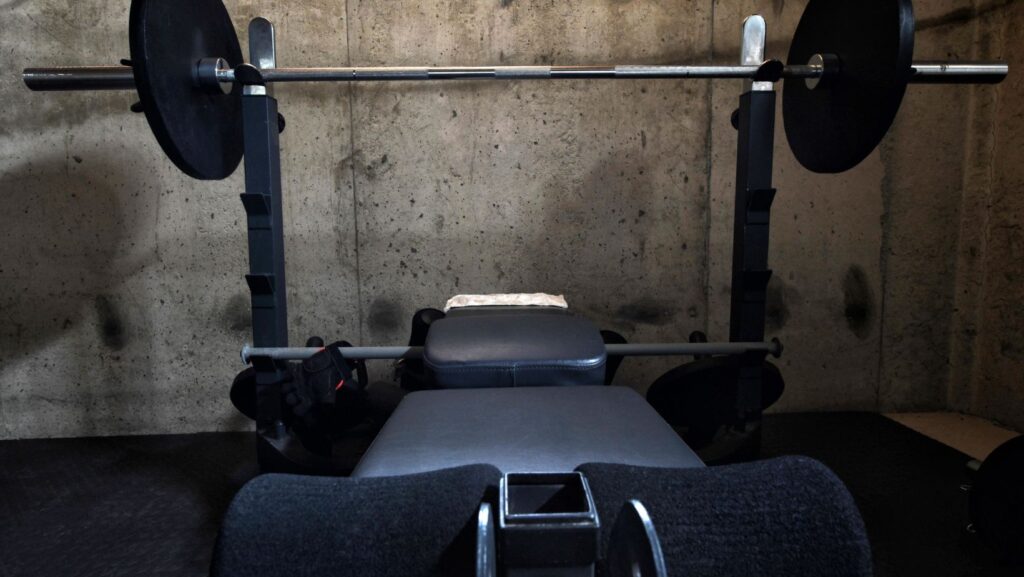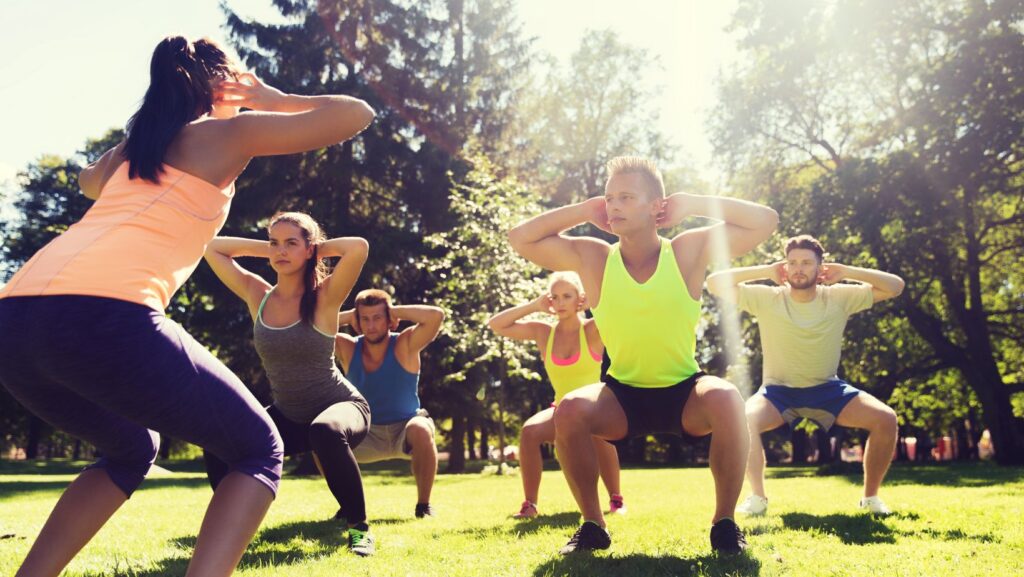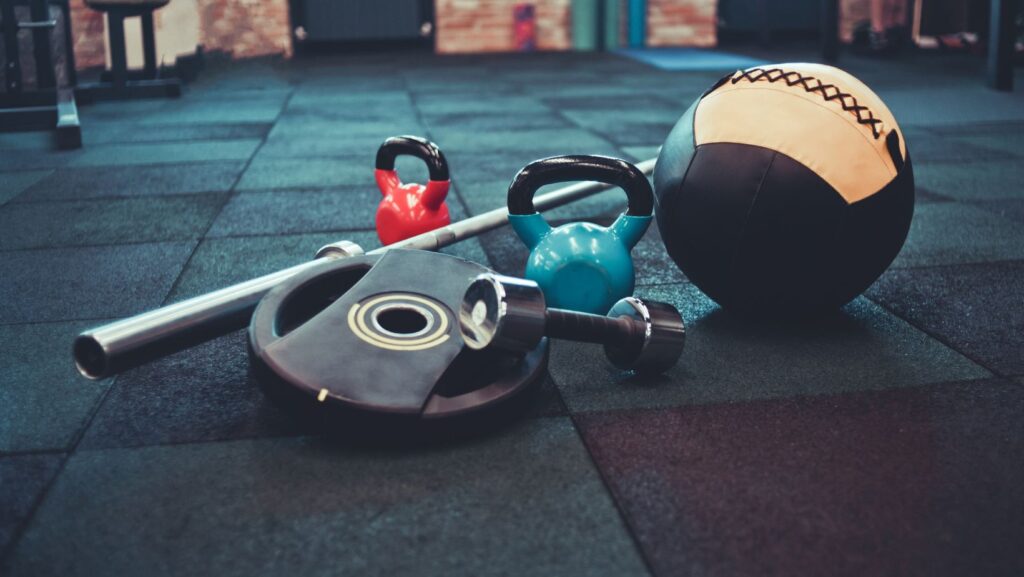Basement Workout Room Ideas
Every inch counts in a residential setting. Basements, often underutilized, pose an attractive space solution. Indeed, making good use of this oft-neglected area provides an extra room for the house. By repurposing it into a workout room, not only is the home’s usable space maximized, but a value-added facility gets birthed. Imagine, instead of housing dust and disused items, the basement houses a treadmill, free weights, yoga mats, or an elliptical machine. 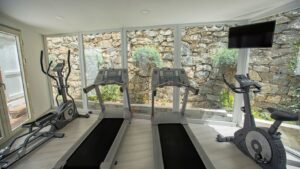 Clearly, an optimal use of a home’s total square footage.
Clearly, an optimal use of a home’s total square footage.
Health experts universally agree: regular physical activity significantly impacts overall health and well-being. By adding a workout room in the basement, exercise becomes a household routine, not a chore. It’s easier to carve out exercise time when the gym is just downstairs. It negates the excuse of having to commute to the gym or bad weather being a constraint to step out. Additionally, it aids in consistency, having been proven that proximity and ease of access to fitness equipment encourages regular usage. For instance, the American Heart Association asserts that adults benefiting from at least 150 minutes of moderate-intensity aerobic activity per week show lower risks of heart diseases. In this spirit, the basement workout room ideas emerges as a strategic player, assisting in maintaining a regular exercise pattern.
Converting Your Basement into a Workout Room
Transforming a dormant basement into an inspiring workout space involves identifying the right spot and effective planning and designing. It’s not merely about placing equipment; it’s about creating an environment that motivates and facilitates a consistent exercise routine. Selecting an appropriate area in your basement for the workout room comes first. The chosen space must be ample enough to accommodate necessary workout equipment, such as treadmills, stationary bikes, or weights, and leave room for stretching or yoga mats. Besides, it’s essential to consider factors like ventilation, natural light, ceiling height, and accessibility.  For instance, an area with a higher ceiling makes it easy to perform exercises, say jumping jacks or using a skipping rope, without any hindrance. Finally, all corners of this space must have adequate lighting to prevent any injuries and enhance visibility during workouts.
For instance, an area with a higher ceiling makes it easy to perform exercises, say jumping jacks or using a skipping rope, without any hindrance. Finally, all corners of this space must have adequate lighting to prevent any injuries and enhance visibility during workouts.
With a space identified, designing and planning the workout room is the next important step. Establishing a floor plan that allows movement between pieces of equipment, workout zones, or stations is central to the layout’s effectiveness. Also, consider incorporating mirrors not simply for the aesthetic appeal, but also to monitor correct form during workouts. Flooring is another crucial element. Opt for rubber or foam tiles, as they absorb shock and make workouts more comfortable. A colour palette leaning towards lighter shades with a splash of vibrant hues can keep things bright and instigate energy. Lastly, installing a good sound system can bring the energetic gym vibes right to your personal workout zone.
Essential Equipment for Your Basement Workout Room
Having touched on layout and design elements for a basement workout room ideas, now comes an equally crucial consideration: the equipment. One cannot miss the right tools that will allow for a high-quality workout experience. Choosing the right type of exercise equipment hinges on several factors. Primarily, take note of the user’s fitness goals and current level of fitness. A cardio-centric enthusiast may benefit from a treadmill or stationery bike. Strength trainers, on the other hand, might find dumbbells, weight benches, and resistance bands more fitting. Functionality forms another vital consideration. 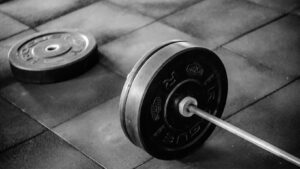 Choose equipment that targets different muscle groups, promoting a comprehensive workout. For instance, a rowing machine serves as an all-in-one tool as it engages multiple body parts.
Choose equipment that targets different muscle groups, promoting a comprehensive workout. For instance, a rowing machine serves as an all-in-one tool as it engages multiple body parts.
Upon acquiring the necessary apparatus, organization becomes the next pressing concern. Proper arrangement promotes safety and ease of use. First, consider the frequency of use. Frequent-use gear like yoga mats or dumbbells find a strategic place within arm’s reach. The heavy and less used, like weight benches, fit in a corner, thus freeing up the central space for movement-heavy exercises. Pair similar gear together for ease of accessibility. For example, place all strength-building tools, like kettle bells and resistance bands, close to each other. Likewise, cardio equipment could potentially share a different space segment.
(Exceptions might exist for equipment reliant on a power connection). Finally, consider utilizing storage solutions such as hooks to hang yoga mats or towels, and shelves for smaller items like weights and resistance bands. This practice declutters the workout space, enhancing its usability and overall aesthetic appeal.


